Home » BBL Surgery in Türkiye – Cost and Final Results in 2026
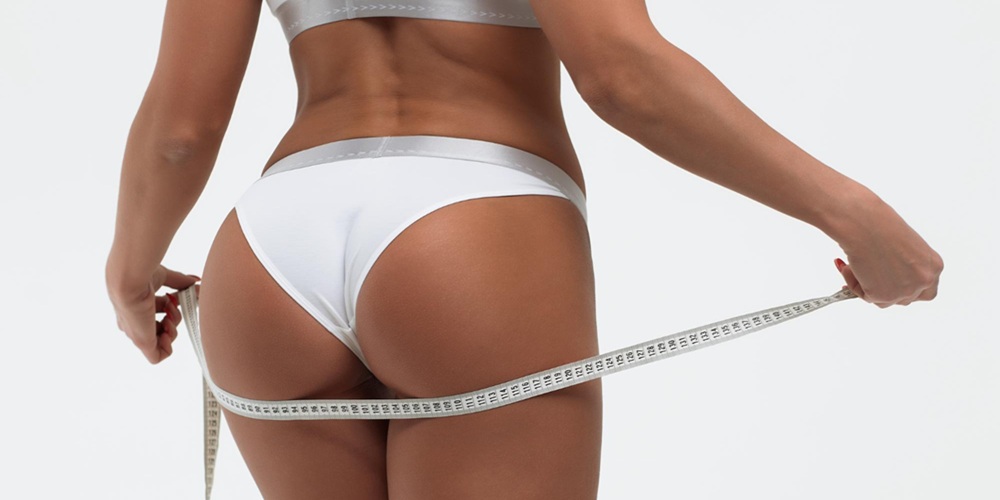
Brazilian Butt Lift (BBL) Turkey describes a family of procedures that harvest fat from areas with excess (abdomen, flanks, back, thighs, arms), purify it, and transfer it strategically to the buttocks and hips to enhance projection, roundness, and waist-to-hip balance. Unlike implants, BBL uses your own fat, which helps create a natural look and feel while simultaneously contouring the donor zones through liposuction.
Over the last decade, Turkey has become a premier hub for aesthetic body contouring tourism. International patients choose BBL in Istanbul for its expert surgeons, modern facilities, short waiting lists, transparent all-inclusive packages, and streamlined visa logistics. Istanbul’s unique blend of cultural magnetism and clinical rigor makes it an ideal destination for those seeking a safer, proportion-driven BBL. Why has BBL become popular in Türkiye, and why is it the most preferred plastic surgery country? Everything about Brazilian Butt Lift is in the content.
Many women (and men) pursue BBL Turkey to rebalance proportions and address concerns that exercise alone can’t solve:
A well-planned BBL restores waist-hip harmony: fat removal snatches the waist and lower back, while precise grafting rounds and projects the buttock, often with subtle lateral hip expansion for a modern, athletic-yet-feminine silhouette. For many, the emotional payoff is profound—confidence, style freedom, and body congruence.
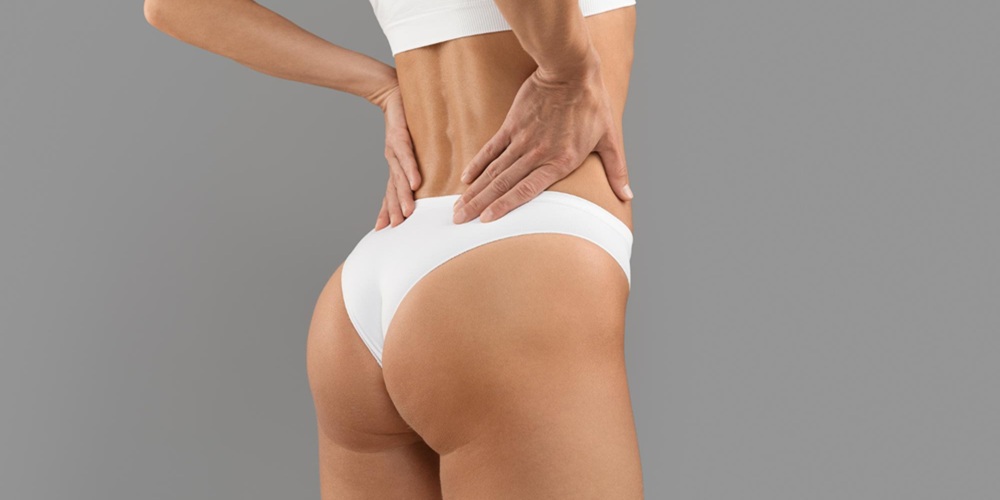
A Brazilian Butt Lift (BBL) is a cosmetic surgery that reshapes your body by removing fat from areas with excess (usually the abdomen, flanks, back, thighs, or arms) and transferring that purified fat to the buttocks and hips. The goal is a rounder, more projected buttock and a smaller, contoured waist, creating an hourglass silhouette—using your own fat (no implants).
Even with clean nutrition and progressive training, genetics and fat distribution patterns may yield inadequate gluteal projection and central fat retention. This mismatch can restrict wardrobe choices, require heavy shapewear, or veil hours in the gym. For some, hip dips or asymmetry undermines confidence in swimwear and athleisure.
BBL reshapes the torso and pelvis as a unit—debulking bulky midsections with liposuction and reallocating fat to the buttocks and hips. The result is not just bigger glutes; it is a re-architected silhouette where clothing finally drapes as intended.
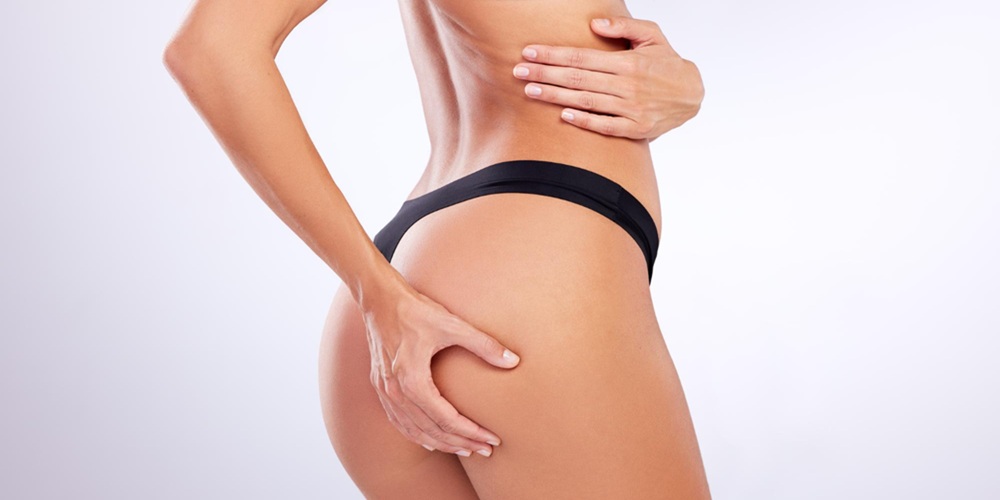
Emotionally, BBL patients describe a relief akin to “coming home” to their ideal shape: shopping becomes fun again, photos feel natural, and self-presentation aligns with identity.
Physically, benefits include:
BBL is primarily aesthetic; however, the quality-of-life uplift can be substantial.
Turkey’s rise in body contouring stems from high case volume, internationally trained surgeons, and modern anesthesia and safety protocols. Leading Istanbul units continually evaluate, refine, and benchmark techniques: high-definition (HD) liposuction, SAFE lipo principles (Separation, Aspiration, Fat Equalization), micro-cannula fat transfer, layered injection strategies, and vascular-aware zones to reduce risk.
The best results are not “max volume”; they are strategic—debulk + sculpt + fill—so that waist, sacral dimples, upper hip shelf, lateral hip, and gluteal quadrants form a coherent 3D design that holds up in everyday life and motion.
A Brazilian Butt Lift is an autologous fat grafting procedure combined with 360° liposuction (or targeted lipo zones). It does not use implants. The process:
Harvest: Liposuction from donor areas (abdomen, flanks, back, bra roll, thighs, arms).
Purify: Fat is decanted and cleaned (per surgeon protocol).
Transfer: Fat is injected via multiple small entry points into the subcutaneous plane of the buttocks/hips using micro-aliquots to promote even distribution and graft survival.
Sculpt: Surgeon refines contours to balance projection, roundness, and hip fullness.
Not a weight-loss procedure: BBL is contouring, best at or near goal weight. Dramatic post-op weight change can alter results.
Istanbul’s momentum comes from standardized safety pathways, reproducible artistry, and all-inclusive packages that handle the logistics. Zaren Clinic is frequently highlighted for its coordinators, VIP transfers, hotel partnerships, and translator support. The consistent theme in patient narratives is clinical precision with warm hospitality, creating a low-stress, high-clarity experience.
International patients often note how Turkish teams educate and reassure. Expect detailed marking sessions, realistic discussions of fat survival, graft limits, compression garment schedules, and sitting/sleeping rules. The result is a blend of surgical rigor and genuine care that makes a complex journey feel guided at every step.
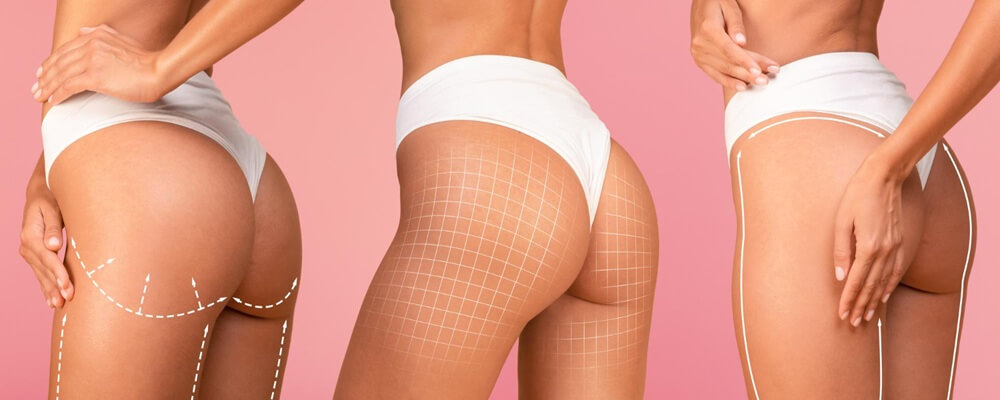
Pre-Op Marking (Standing)
Mapping of donor zones, waist lines, sacral frame, hip dip landmarks, and gluteal quadrants to define where fat will be removed and where it will be placed.
Anesthesia & Safety
General anesthesia is common. Modern monitoring, temperature control, and DVT precautions per risk profile.
Liposuction
Tumescent infiltration; gentle, controlled aspiration using appropriate cannulas. 360° lipo (abdomen, flanks, back) is popular for maximum waist reduction. Additional zones as needed.
Fat Processing
Decanting/filtration to remove fluids and impurities; kept sterile and labeled by site if staged.
Fat Transfer
Micro-aliquot injection into subcutaneous planes of buttocks and lateral hips, avoidance of intramuscular planes in line with modern safety recommendations. Layered distribution to shape upper pole shelf, central mound, and hip dip smoothing.
Closure, Dressings, and Garments
Small entry points closed/taped; Stage 1 faja (high-compression garment) and BBL pillow rules begin.
Operating time: typically 2–4 hours, depending on zones and volume.
Think “reallocate to reshape.” BBL moves fat from where you don’t want it to where you do.
Sculpting: Liposuction reveals the waist and defines the sacral V.
Filling: Fat is placed to correct hip dips, round the upper/lower buttocks, and build projection.
Quality over quantity: Moderate, well-distributed grafts often outlast extreme volumes.
Survival: A fraction of fat resorbs; final volume stabilizes by 3–6 months.
Scars: Tiny entry points (3–5 mm), placed in natural creases. With proper care (silicone, sun protection), they typically fade to faint dots.
Sensation: Temporary numbness or hypersensitivity over lipo zones is common and generally improves over months.
Shape evolution: Early swelling gives a full look; 30–40% volume fluctuation from swelling and fat resorption is typical, with final contour evident by 3–6 months.
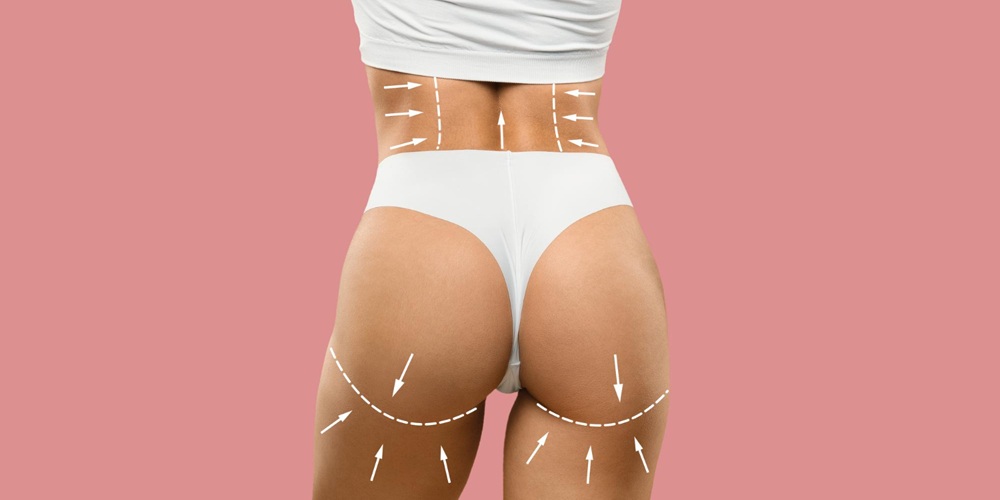
From first contact, Zaren’s coordinator clarifies candidacy, targets, and timelines. On exam, your surgeon assesses skin elasticity, fat availability, waist and rib cage, pelvic width, and gluteal vectors (upper shelf vs lower pole needs). Together, you prioritize hourglass goals (snatched waist vs lateral hip focus vs projection). The plan includes donor zones, estimated graft volumes, faja strategy, and a travel schedule that supports safe follow-up.
Assessment includes:
BMI, fat distribution, skin quality.
Hip/pelvis geometry and lumbar curve.
Lifestyle (work sitting vs standing), travel constraints.
Medical history (smoking, anemia, meds).
Planning decisions:
Zones for 360° liposuction vs targeted lipo.
Graft focus: upper pole lift, lower pole projection, hip dip fill, lateral hip shelf.
Volume limits guided by safety and aesthetic stability.
Staging if more volume or additional refinement is desired later.
Your coordinator orchestrates airport pickup, hotel, daily visits, garment fitting, and aftercare education (faja wear, pillow use, lymphatic massage timing). Many patients say this single point of contact reduced anxiety and made the first two weeks predictable and calm.
BBL cost Turkey 2026 is competitive versus UK/US/EU while maintaining safety when you choose accredited centers.
Indicative ranges:
Standard BBL (360° lipo + fat transfer): $3,200–$5,500
HD lipo + BBL (high-definition sculpting): $3,800–$6,500
Staged touch-up/fat top-up (if needed): $1,800–$3,200
Mommy makeover variant (tummy tuck + lipo + BBL, carefully selected cases): $7,500–$10,500
Final quotes vary with the number of lipo zones, OR time, garments, lymphatic sessions, and hotel class.
A strong all-inclusive BBL Turkey package typically includes:
Pre-op consults, lab tests, and anesthesia
Surgeon, OR, and hospital fees
360° lipo (defined zones), fat processing, transfer
Stage 1 faja (+ foams/boards per clinic policy) and dressings
Routine post-op meds (analgesics, antibiotics per protocol)
4–5★ hotel nights, VIP transfers
English-speaking coordinator/translator
In-stay check-ups and remote follow-up
Itemization allows apples-to-apples comparisons and avoids surprise fees.
| Country | Typical Cost Range | Notes |
|---|---|---|
| Turkey | $3,200–$6,500 | Often all-inclusive with transfers/hotel; high expertise; modern facilities. |
| United Kingdom | £5,500–£9,500 | Usually unbundled; add garments, lymphatic sessions, extra nights. |
| USA | $7,500–$14,000+ | Surgeon + facility + anesthesia commonly priced separately. |
| Germany | €6,000–€9,500 | Strong standards; pricing often line-itemed. |
Bottom line: Turkey delivers meaningful savings at comparable safety when using accredited teams.
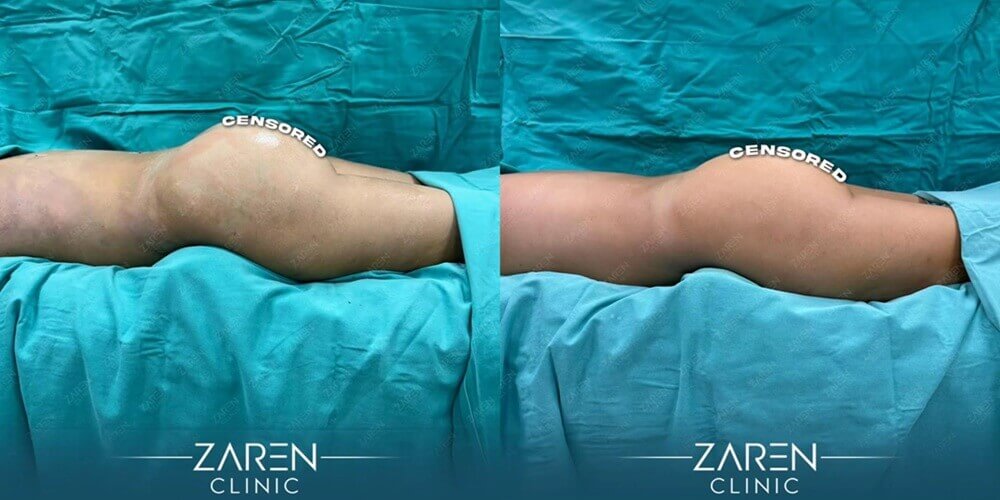
Before-and-after galleries show:
Snatched waist with defined lower back.
Rounded upper buttock shelf and lower pole projection.
Hip dips filled, lateral curves enhanced.
Thigh-butt transition smoothed for a cohesive 3D line.
How much volume is realistic?
It depends on donor fat availability and skin compliance. Surgeons prefer quality distribution over raw volume; a balanced, athletic hourglass typically ages better than extreme overfilling.
Ideal candidates:
Have sufficient donor fat and stable weight.
Seek waist narrowing + butt/hip shaping, not weight loss.
Understand recovery rules (no sitting directly on grafts early).
Non-smokers (or willing to stop) with realistic expectations.
If very lean: Discuss staging, small-volume hybrid strategies, or targeted zones to optimize what fat you have.
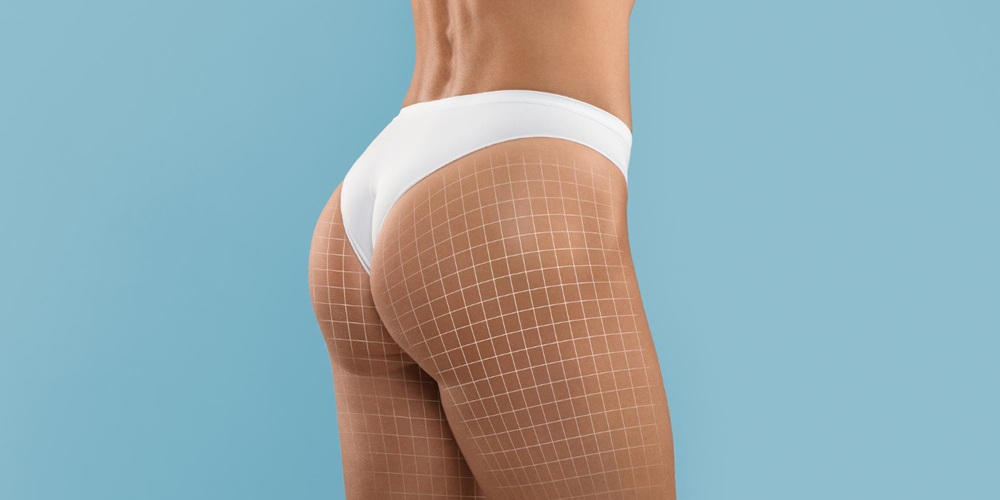
Good signs:
BMI and bloodwork within safe ranges.
Enough donor fat without compromising aesthetics elsewhere.
Commitment to faja wear, pillow use, and activity limits early on.
Realistic expectations for fat survival and final shape by 3–6 months.
Relative cautions:
Nicotine exposure (impairs healing and graft take).
Unstable weight (large post-op changes distort results).
Desire for extreme size exceeding safe grafting thresholds.
Thorough disclosure during consult enables precise risk mitigation and aesthetic planning.
Recovery reflects lipo zone count, graft volumes, and individual healing. A common pathway:
Days 1–3: Swelling, drainage at tiny entry points; controlled pain; begin short walks.
Week 1: Faja 24/7, foam/board use per protocol; BBL pillow for sitting (thighs only).
Weeks 2–3: Many resume light desk work (with pillow). Bruising fades; lymphatic drainage sessions if recommended.
Week 4–6: Gradual return to light cardio; avoid direct pressure on grafts; continue faja (Stage 2 often introduced).
Months 3–6: Shape stabilizes; edema resolves; gym intensity increases under guidance.
Months 9–12: Final refinement; scars pale to faint dots.
Avoid (early):
Sitting directly on grafts; use your BBL pillow under thighs.
Sleeping supine; side or stomach sleeping preferred per surgeon.
High heat (sauna/steam), direct sun on incisions, smoking/nicotine.
High-impact training and glute heavy loads until cleared.
Embrace:
Hydration and protein-rich nutrition; micronutrients per advice.
Gentle walking and breathing exercises to enhance circulation.
Consistent faja wear; silicone/scar care when incisions closed.
Follow-ups (in person/remote) and lymphatic massage if prescribed.
A predictable program includes:
Pre-op teaching (garments, pillow, travel timing).
Marking with goals for the waist, sacrum, hips, and projection.
Measured liposuction—enough to sculpt, not hollow.
Micro-aliquot fat grafting in subcutaneous planes with multi-vector layering.
Compression and off-loading to protect shape while tissues heal.
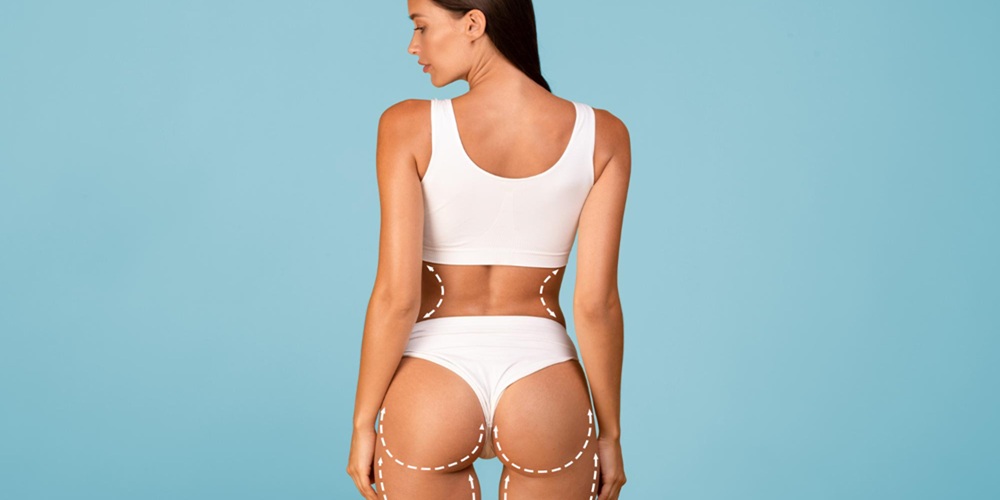
Faja timeline: Typically 8–12 weeks, transitioning from Stage 1 (high compression) to Stage 2 (shaping) as swelling recedes. Proper fit prevents shear and fluid pooling, guides scar maturation, and supports waist training effects.
Scars: 3–5 mm—fade significantly with silicone and sun protection.
Return to work & travel: Many resume desk work ~7–14 days (with pillow). Flying is often allowed after the first week when the team clears you; walk the cabin periodically.
Modern safety emphasizes:
Strict plane awareness: fat placed subcutaneously, not intramuscular.
Appropriate cannulas, controlled injection pressures.
Measured volumes per quadrant; avoid overfilling.
Accredited hospitals with experienced anesthesia teams.
DVT prophylaxis per risk, temperature control, and sterile technique.
Your choice of surgeon and facility is critical: look for high-volume experience, transparent protocols, and documented outcomes.
Reputable centers highlight:
JCI/ISO accreditation or equivalent quality systems.
Surgeon bios with body-contouring focus and BBL portfolio.
Independent reviews emphasizing natural shapes, waist definition, hip dip correction, and clear aftercare.
You are entitled to complete information about:
Expected graft survival and limitations.
Sitting/sleeping rules, garment schedule, and activity timeline.
Risks (infection, contour irregularities, asymmetry, fat necrosis, seroma).
Access to follow-up and revision policies if needed.
A good program provides written guides, phone/WhatsApp contact, and video check-ins after you return home.
Patients often praise:
Fast, organized scheduling from initial inquiry to surgery day.
Coordinators who manage daily logistics, teach faja handling, and ensure proper pillow use and mobility.
Surgeons who prioritize proportion and safety over raw volume.
Aftercare that’s responsive, structured, and reassuring—both in Istanbul and remotely.
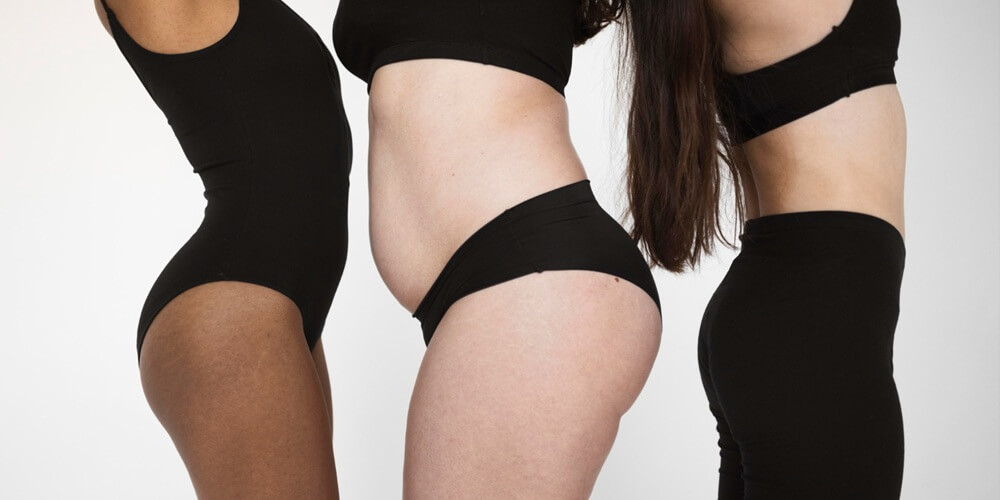
A portion resorbs; many surgeons quote ~60–70% long-term survival, but this depends on technique, aftercare, and patient biology.
Possibly—if there’s enough donor fat. Some choose staged BBL or combine with focused weight gain pre-op (only under medical advice).
Yes, early on. Use a BBL pillow so pressure stays on thighs, not grafts. Follow your surgeon’s timeline.
You’ll like it right away, but true final emerges by 3–6 months after swelling settles and grafts stabilize.
With experienced surgeons, accredited facilities, subcutaneous-only injection, and measured volumes, risk is reduced significantly. Safety adherence is non-negotiable.
Discuss staging after tissues heal. Quality and proportion beat overfilling in a single session.
For a safe BBL abroad Turkey, the provider matters as much as your plan. Zaren Health offers:
Board-certified body-contouring surgeons with BBL portfolios.
Internationally accredited partner hospitals and modern anesthesia.
All-inclusive BBL Turkey packages (hotel, transfers, garments, meds, follow-ups).
360° planning: waist, back, hips, buttocks in one coherent design.
English-speaking coordinators and transparent pricing.
Written aftercare, garment, and pillow protocols plus remote support.
Patients repeatedly highlight waist definition, hip dip correction, and natural, athletic curves—the signature of proportion-driven BBL artistry practiced with safety at its core.
Hello!